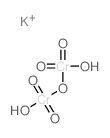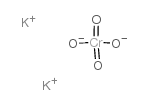| Structure | Name/CAS No. | Articles |
|---|---|---|
 |
sucrose
CAS:57-50-1 |
|
 |
Ethanol
CAS:64-17-5 |
|
 |
Aqueous ammonia
CAS:1336-21-6 |
|
 |
Mercury chloride
CAS:7487-94-7 |
|
 |
Potassium dichromate solution
CAS:7778-50-9 |
|
 |
Potassium chromate
CAS:7789-00-6 |
|
 |
Ammonium Chloride
CAS:12125-02-9 |
|
 |
Ethylenediaminetetraacetic acid
CAS:60-00-4 |